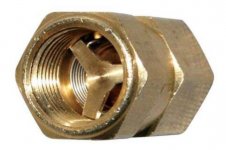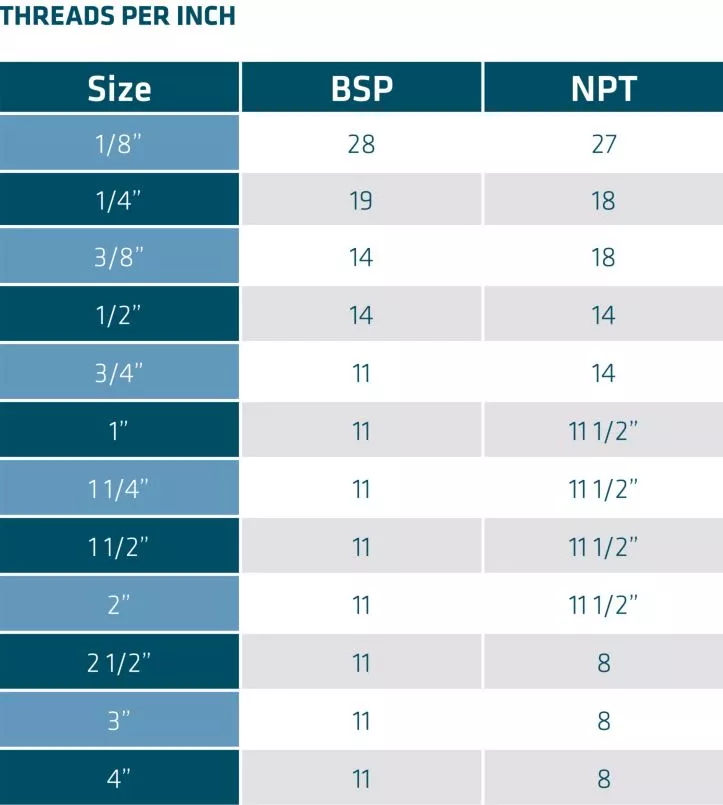Geez...that popped my bubble. I never knew that was available. I'm aware of non-returns in water lines that operate with a flap and that in turn close on a seat. I've come across 2 types, one with a brass-to-brass seat that isn't leakproof and the other one is the flap closing on a rubber seal. I never considered that because of the temperature that might damage the seal or else the rubber might not be compatible with the oil.My only experience with owning dry sump systems has been with a number of motorcycles. I've only ever once had a drain back issue and that was due to some grit under a pump valve on a Harley.
While I appreciate your ingenuity, why don't you just fit a mechanical anti-drainback check valve that companies like Moroso make for that very purpose?
I'd hate to see all your hard work get destroyed due to an electrical hiccup.
Just my 2 cents.
View attachment 240548
That brings me to another question. I noticed at the track that the Formula Ford guys turn the engines over for what seems forever and ever before they turn the ignition on and the car fires up. Why would they do this? I always thought that it was to pump the sump dry. Maybe it is to pump the sump dry but then why don't they use this check valve?
Have you seen this valve before? Is it straight through without restrictions or resistance in the sense of a spring that needs to be sucked open?
Thanks for that and I hope that there is clarification on my questions.
Regards, Frans.


